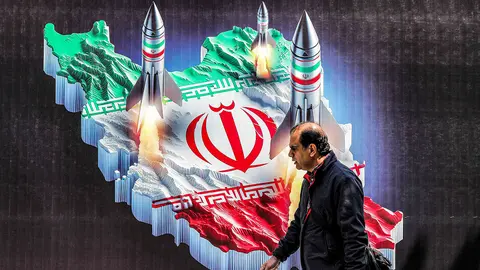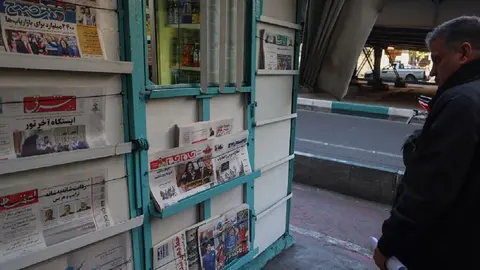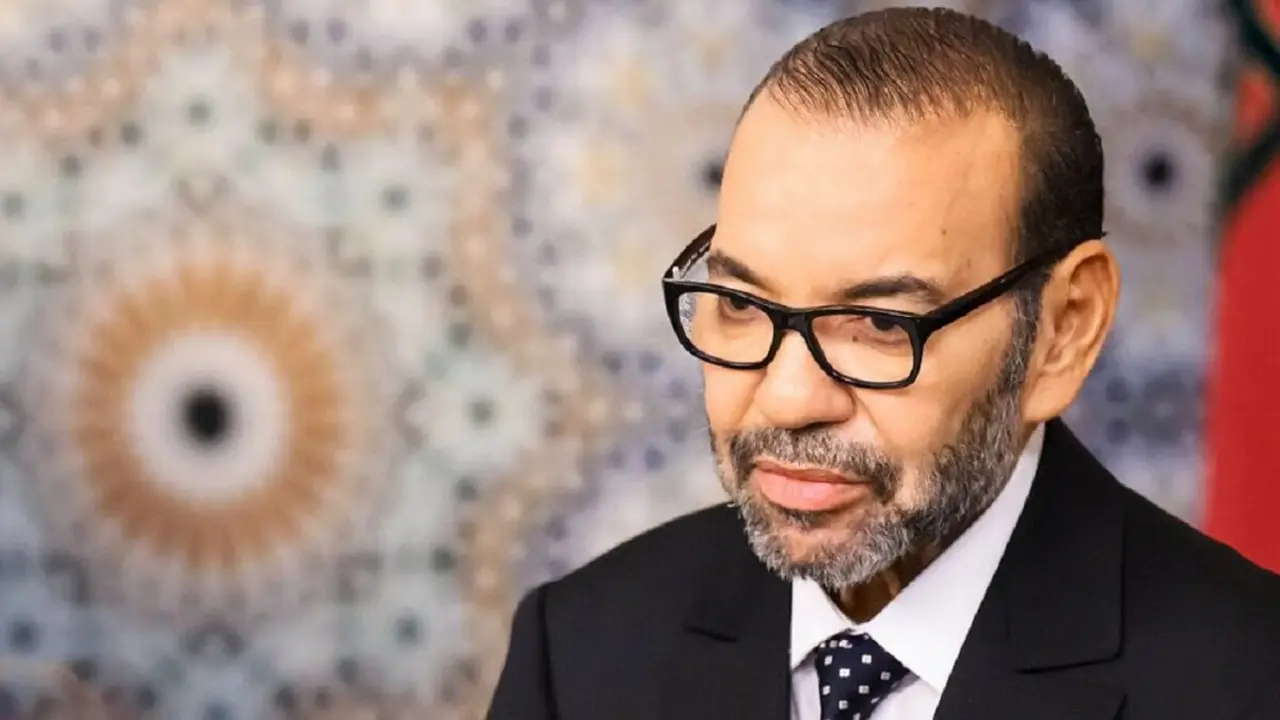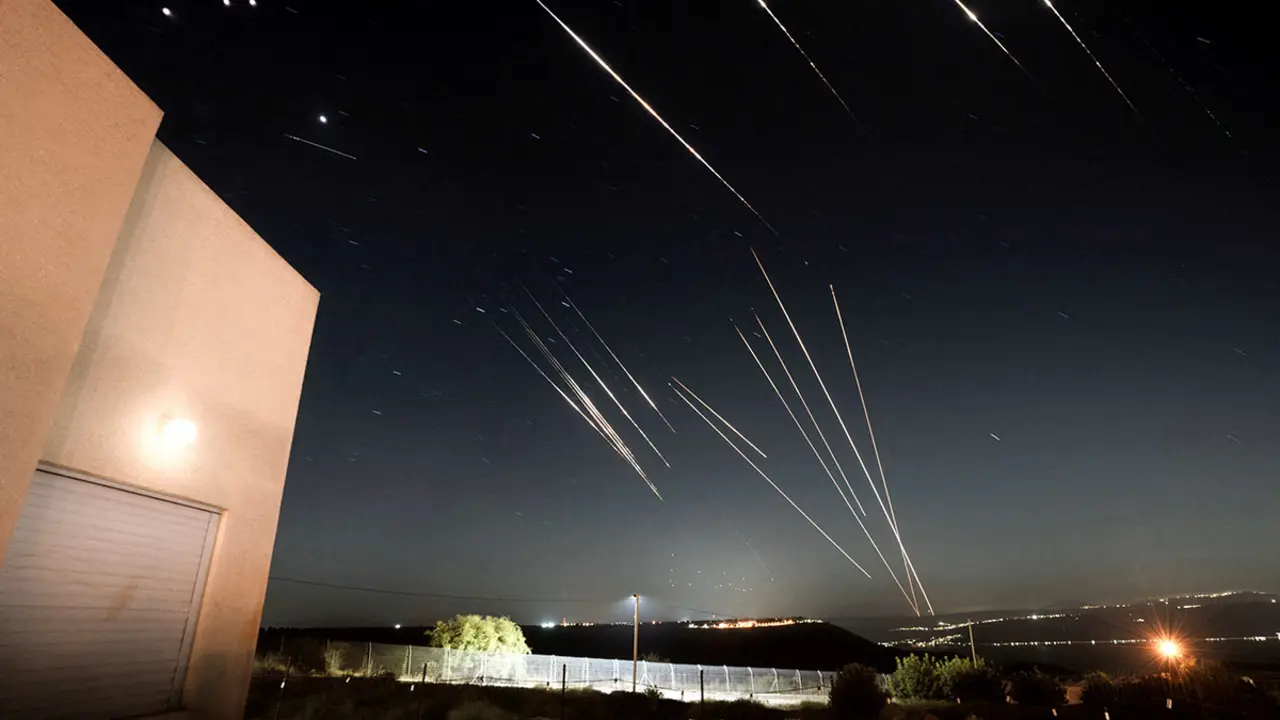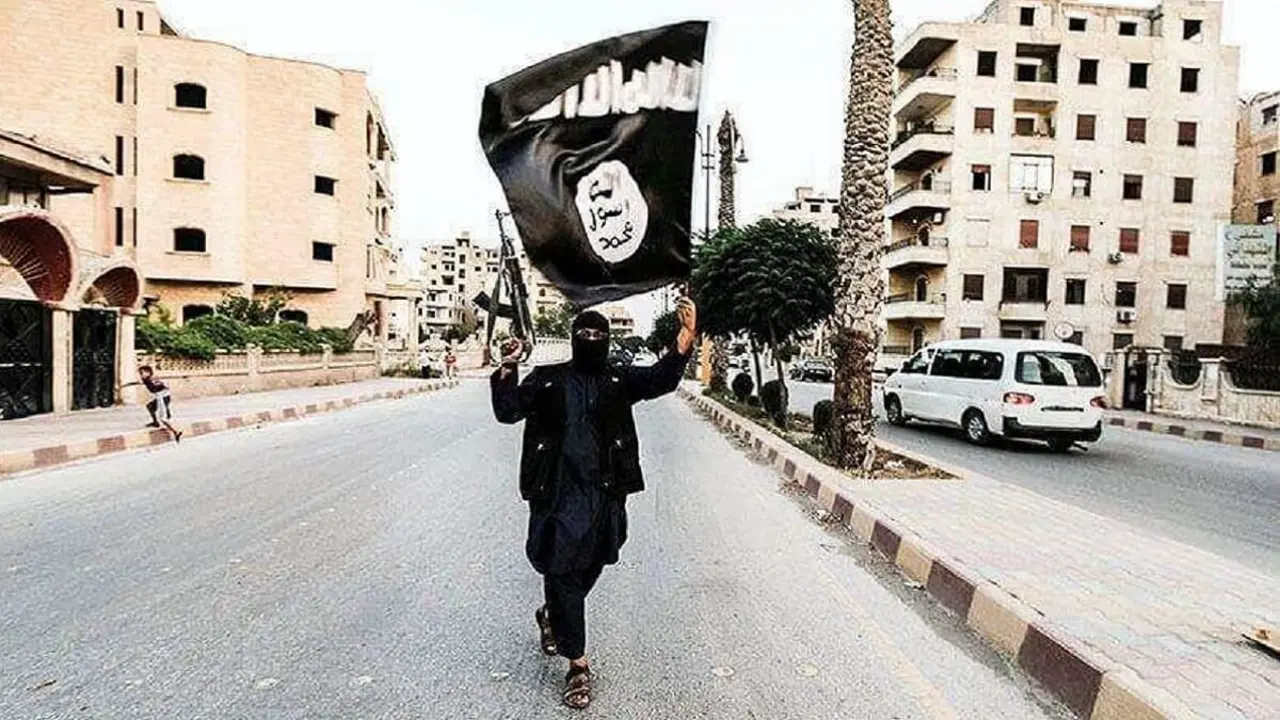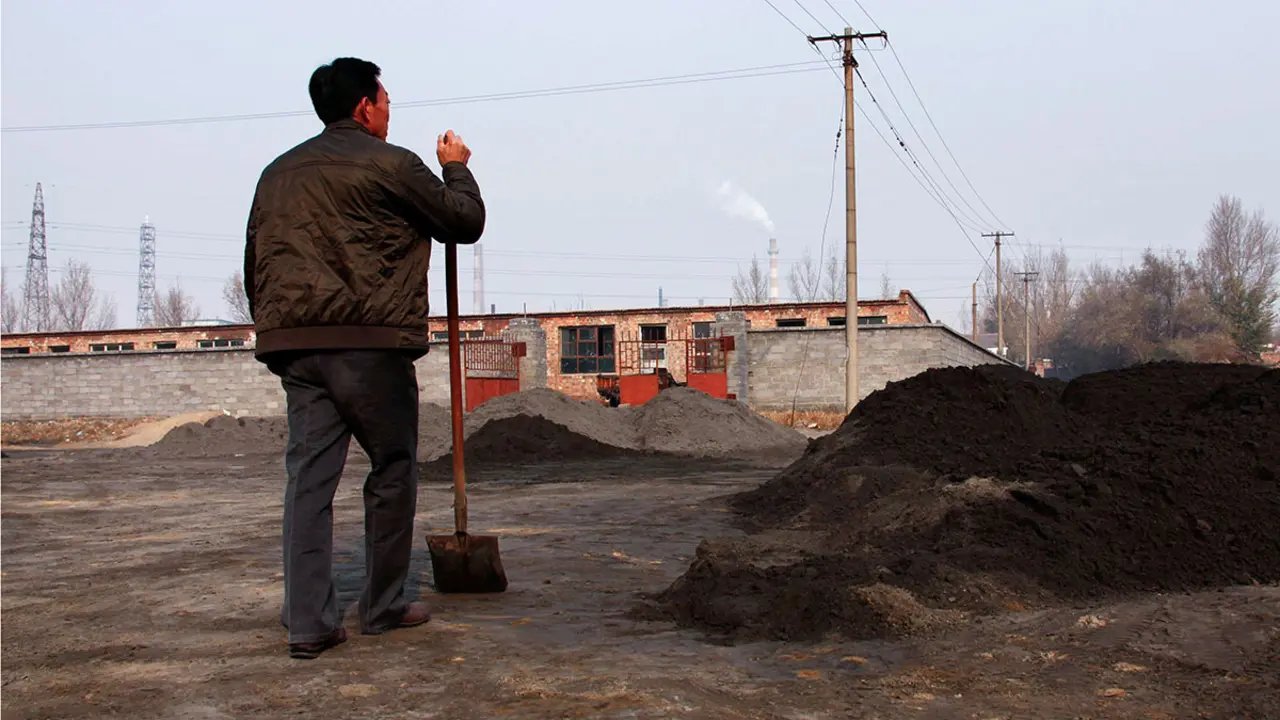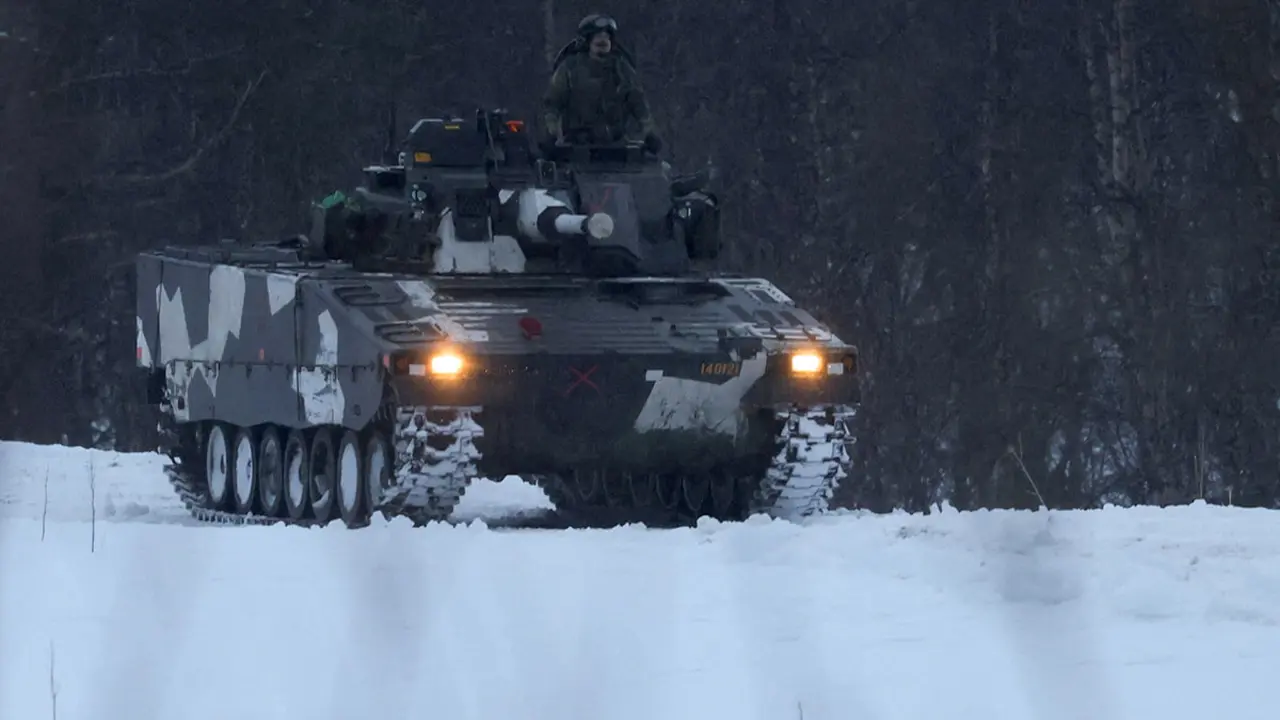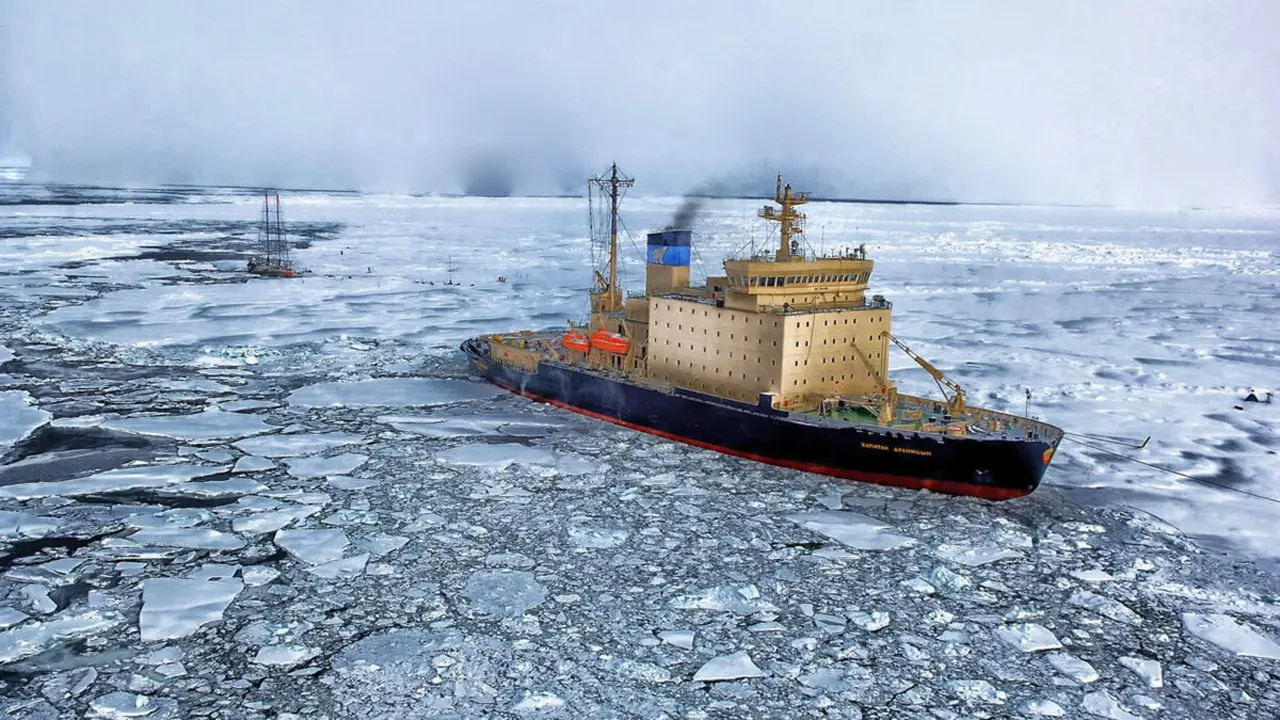Iran Beyond Asia: Latin America
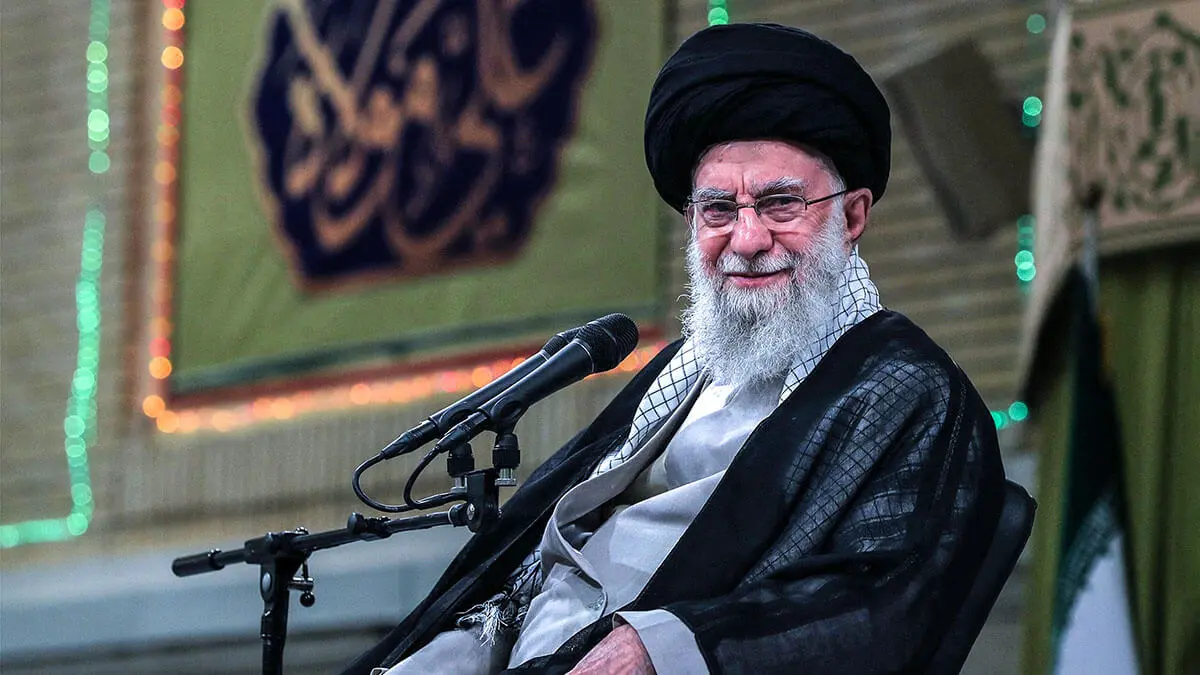
Iran's presence in Latin America is nothing new.
Its interest in the region and the establishment of elements sympathetic to the regime or working directly for Tehran dates back to the early 1980s.
However, over the last two decades, this presence, and even direct and open collaboration with some countries in the region, has intensified. The background to this partnership must be seen in terms of economic interests, as a way of circumventing the sanctions imposed as a result of the nuclear programme, and geopolitically, as part of an ‘alliance’ with Russia, which also seeks to strengthen its presence in the region to counterbalance its common enemy: the United States of America.
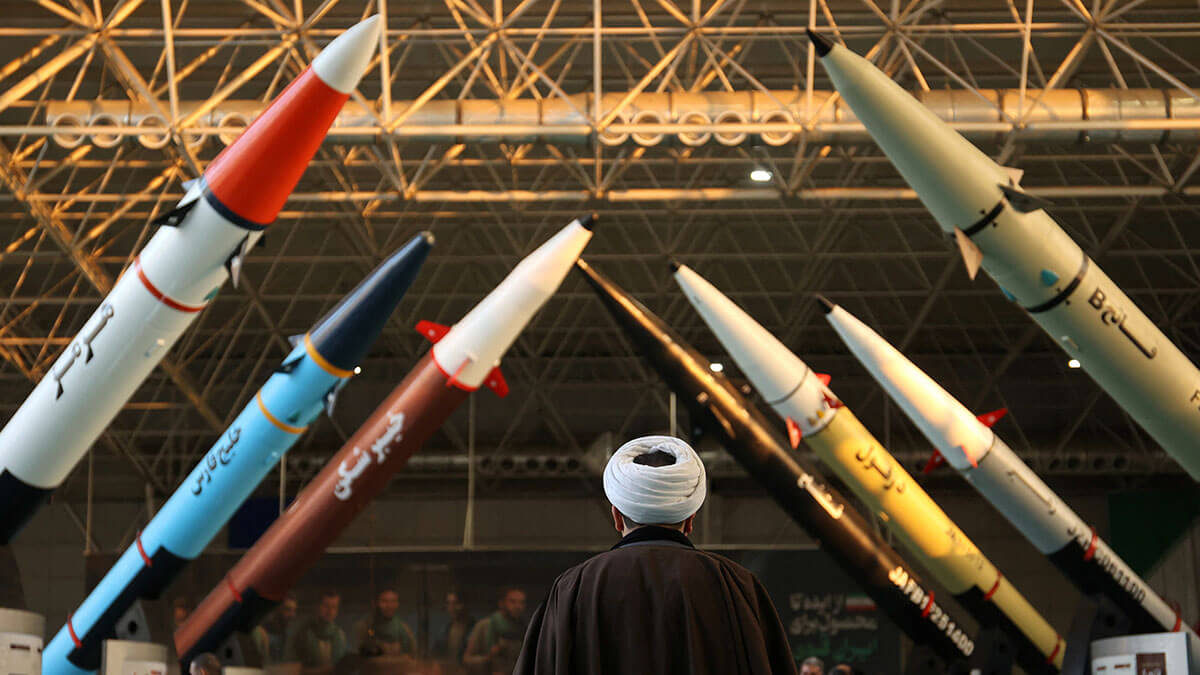
Iran's expansion in South America is also a response or reaction to the circumstances facing the Islamic Republic. It is, to some extent, a response to a need, but also the exploitation of an opportunity. Relations with radical left governments and movements in the region are a natural outcome of the dynamics shaping the international landscape since the late 20th century.
Shared anti-Americanism, anti-capitalism or rejection of neoliberal globalisation have fostered a kind of natural alliance between Iran and various left-wing Latin American governments.
Shortly after coming to power, Khomeini began to explicitly state his intentions to expand the Islamic Revolution beyond Iran's borders.
Subsequently, penetration into Latin America began through clandestine networks operating under the guise of cultural and commercial exchanges. From the mid-1980s onwards, Iran's presence intensified and became more evident. It is during this time that Iran began to promote the expansion of its proxy Hezbollah in the region. Hezbollah's initial forays into Latin America took place in the area known as the ‘Triple Frontier’ between Argentina, Paraguay and Brazil.
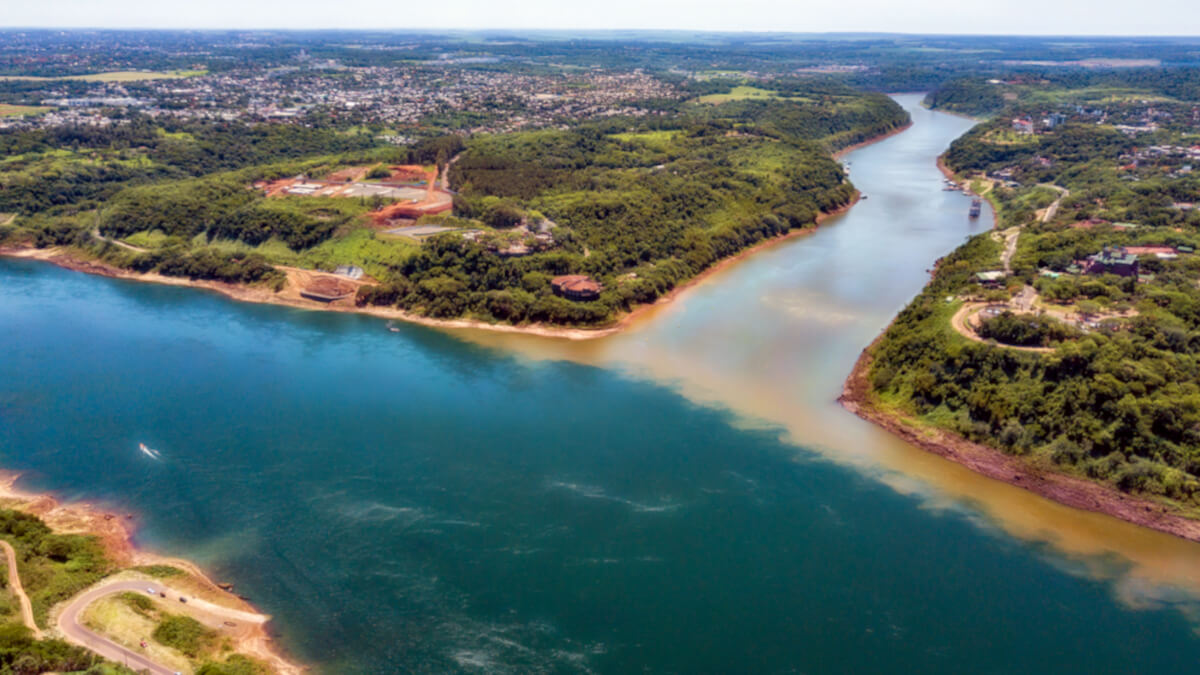
This incursion into Latin America is part of a systematic and long-term strategy not only to project itself internationally, but also to fight against its natural enemies, namely the United States and Israel, but also to carry out a wide variety of illicit activities to obtain financial resources or serve as a means for other intelligence or propaganda purposes. Ultimately, Iran's goal is to expand its influence and capabilities throughout the Western hemisphere. And they have certainly been achieving their ends, as Iran's presence in the region has increased in recent decades.
On a theoretical and strategic level, Latin America is the backyard of the United States, and the Iranian presence is a challenge to the Monroe Doctrine of ‘America for the Americans’. It is basically a challenge and a threat to US interests in the region on the one hand, but also a risk to US national security on the other. If Iran becomes strong in the region, this implies that the US has one of its enemies on its doorstep.
In a sense, and relatively speaking, it represents a risk comparable to that of the Soviet Union's presence in Cuba during the Cold War. An enemy power on the doorstep of major US cities. The Iranian threat to US national security, using Latin America as a platform, is not just theoretical, it is not a nebulous issue that runs through security strategies or think tank papers. On the contrary, it is very real. The Iranian threat to the United States is concrete and has been demonstrated over the years.

The paradigmatic example is the Café Milano plot in Washington DC in 2011, in which an assassination attempt on the Saudi ambassador to the US was foiled. In the investigation of the affair, it was discovered that part of the plan was prepared from Mexico by trying to use elements belonging to a drug cartel. In this case, the target of the plot was an Iranian enemy, but not a US target. However, the plot took place on US soil and the target was a subject critical to the United States because he was an ambassador of an allied state accredited to Washington. The plot itself was also meant to send a very clear message to the United States. It was a full-fledged show of force.
In other cases, Iran has directly targeted US citizens, such as former National Security Advisor John Bolton, or Iranian opponents, dissidents or exiles, who have in one way or another confronted the ayatollahs' regime with the intention of threatening, intimidating, kidnapping, attacking or assassinating them on US soil. In these situations, certain countries in the southern hemisphere are used as a platform to obtain funding or materials from illicit sources (through money laundering, drug or arms trafficking) for such plans and operations.
In 1970, Argentina ranked eighth in the world and first in South America in terms of the largest Jewish population. It had a Jewish population of 282,000.
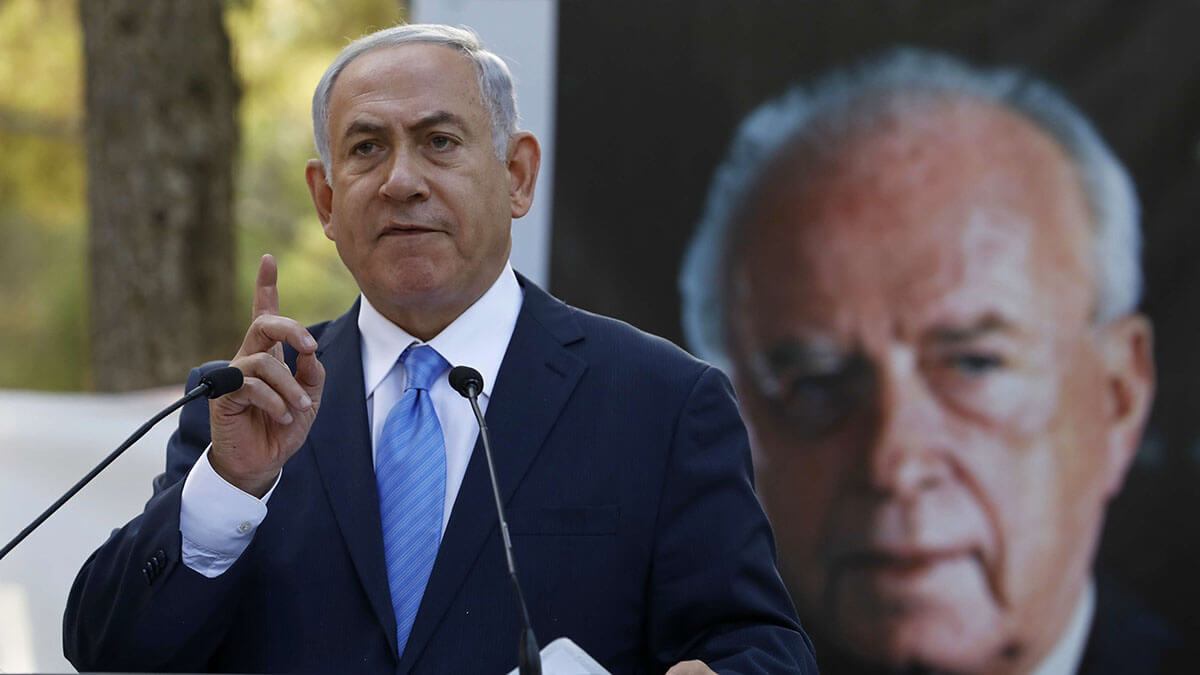
In 2021, it ranked sixth in the world. Similarly, in 1970, Brazil was the thirteenth most populous Jewish country in the world and the second in the subcontinent. By 2021, it had risen to tenth in the world. Apart from the United States and some European countries such as France, the Americas remains a region with a significant Jewish diaspora.
In this context, the Islamic Revolutionary Guard Corps and its Quds Force have found ways and methods to weaken and hit Israel and Jewish targets. In doing so, the Islamic Republic has made use of close cooperation between diplomats and agents of the Iranian regime, Quds Force operatives and Iran's proxy. The bloodiest examples were the bombing of the Israeli Embassy in Buenos Aires in March 1992 and the bombing of the Asociación Mutual Israelita Argentina (AMIA) in July 1994.
Since the assassination in Tehran on 27 November 2020 of Mohsen Fakhrizadeh, head of Iran's military nuclear programme, which the regime attributed to Israel, Iran has pursued an ongoing programme of terrorism against Israeli and Jewish targets spanning four continents, with Latin America as a priority region. Specific units of the Quds Force of the Revolutionary Guard and the Ministry of Intelligence have initiated, managed and directed attacks and operations. The Quds Force is responsible for the recruitment and operational management of Iranian agents, along with some recruited locally, to assassinate Israelis and Jews in exchange for benefits, mainly economic.

Iran has also found in some countries in the region a fiefdom from which to expand its narrative against the state of Israel, weaken Israeli interests in the region and defend the Palestinian cause in which Tehran stands as its main supporter. Iranian agents in the area also work with the Lebanese Shia diaspora in an attempt to spread anti-Israeli narratives. To these ends, Iran operates through proxies such as Hezbollah or the Global Resistance Election Support Group (Tajammo/al-Tajammu).
Keeping a relatively low profile, and without making much noise, Iran has been building and strengthening a network of platforms and alliances through the use of soft power throughout the southern hemisphere. While Maduro and Iranian leaders have spoken publicly about the purchase of Iranian missiles and other advanced weapons systems, this interplay of hard power rhetoric is viewed by the US as a threat to the region.
Another reason for the Islamic Republic of Iran's presence is the search for strategic symmetry with those with whom it wants to deal on equal terms, as well as the search for a strong international projection, which will also allow it a prominent, or at least better, position on the international stage.
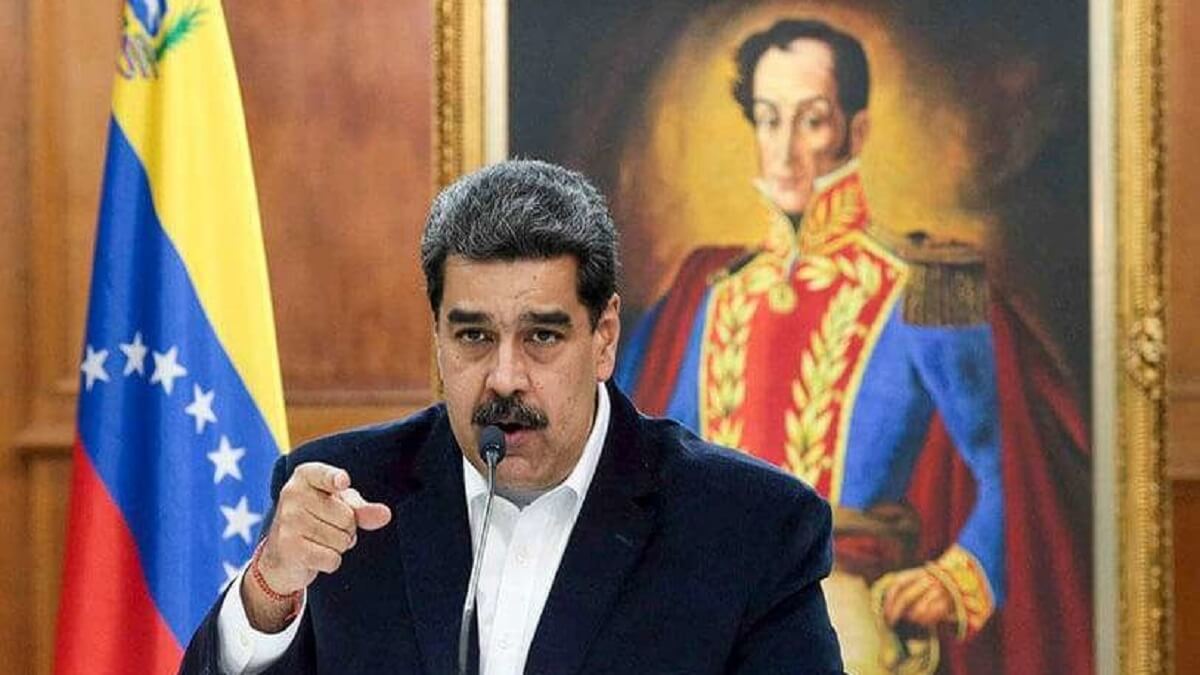
Iran, as a middle power and a strong regional actor, yearns for a stronger negotiating and operational position on the global stage. In this sense, the Islamic Republic's presence and activities in South America are, on the one hand, a necessity and, on the other, an opportunity. It is a necessity because Iran needs allies to achieve its nuclear and political objectives in the Middle East. Iran requires sufficient support to counterbalance the weight of its enemies.
In this sense, Iran's non-aligned foreign policy stance has forced it to seek out countries with similar ideological outlooks, and US efforts to keep Iran in diplomatic and economic isolation have forced it to pursue an active foreign policy.
Iran's policy of isolation, international sanctions, as well as pressure from other regional actors, have led Iranian leaders to see expansion into Latin America as a necessity, but also as an opportunity to balance all these pressures with the help of strategic allies in the region.
These strategic allies are countries with leftist regimes and governments that see Iran as a partner in the struggle against imperialism and US power. Thus, the regime of the ayatollahs found in Chávez's Venezuela a stupendous ally in ideological and rhetorical terms. With Venezuela, Iran found another important strategic ally: the group known as ALBA, which stands for the Bolivarian Alliance for the Peoples of our America.
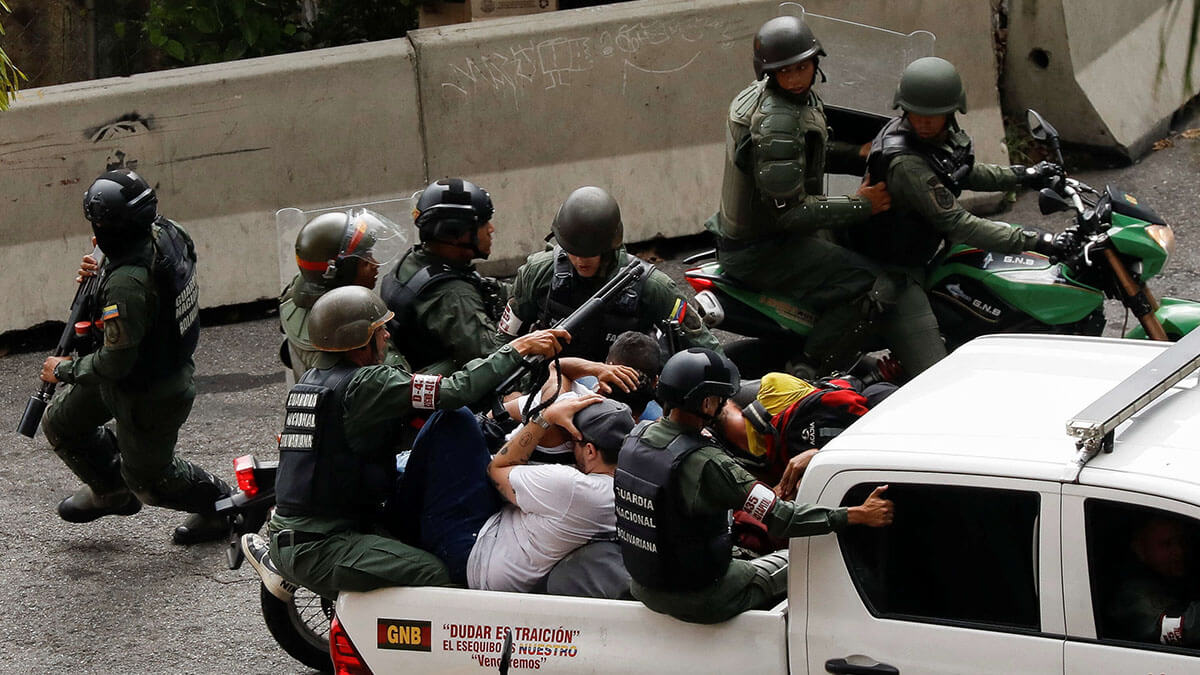
The formation of ALBA responds to a large extent to a process promoted by the Chávez government to strengthen a political, economic and cultural agenda opposed to that of the United States and which seeks alternatives to the neoliberal model prevailing in other Latin American countries. In the context of this opposition to the US and the diversification of Latin American relations, the ALBA countries have sought to expand their ties with non-regional powers such as Russia and China, and particularly with Iran. In 2007, during the Non-Aligned Movement Summit, Iran formally requested to become an observer member of ALBA, for example.
Since then, relations between Iran and ALBA have been maintained, further cultivated and consolidated. Thus, in August 2021, an ALBA delegation held a meeting with Iranian President Seyed Ebrahim Raisi in Tehran. Raisi and ALBA's executive secretary, Sacha Llorenti, met to exchange ideas on mechanisms for collaboration between the Persian nation and Latin America.
The alliance between Iran and LATAM is strategically important to counter what they consider an attack by the United States on the sovereignty of nations, making it a priority in Tehran's foreign policy.

South America, as a platform for Iran's international projection, came to the fore especially under Ahmadinejad, whose intention was to ‘strike back at the United States in its own hemisphere and possibly destabilise US-friendly governments in order to negotiate with Washington from a stronger position’ (Karmon, 2009, p. 3). Ahmadinejad established South America as a priority in his foreign policy and international agenda. He sought an ‘alliance of revolutionary countries’.
The international projection agenda of strength and presence must be understood in the context of Iran's structural deficit in its external projection since 1979.
Its isolation and lack of international support is the backdrop in the minds of Tehran's foreign policymakers. Iran's penetration and presence in LATAM is not only a form of international projection, but also a means to circumvent the sanctions imposed by Western countries on Iran in response to the country's nuclear ambitions. Since Ahmadinejad, political, diplomatic, economic and cultural relations have expanded and grown significantly. But Tehran is not content with that, as all this political, diplomatic, economic and cultural activity has been followed by the creation of covert networks. Ilan Berman, in Iran's Strategic Penetration of Latin America (2014), explains how all these overt efforts have been followed by the establishment of an asymmetric network: ‘Iran's formal presence in the region has been mirrored by an expansion of Iranian covert activities’.
In recent times, Iran's presence in the region has adapted to a globalised environment in which cognitive dominance has taken on vital importance, and it cannot be forgotten that the region is a perfect platform to use as a springboard to Europe, taking advantage of close ties with Spain.


